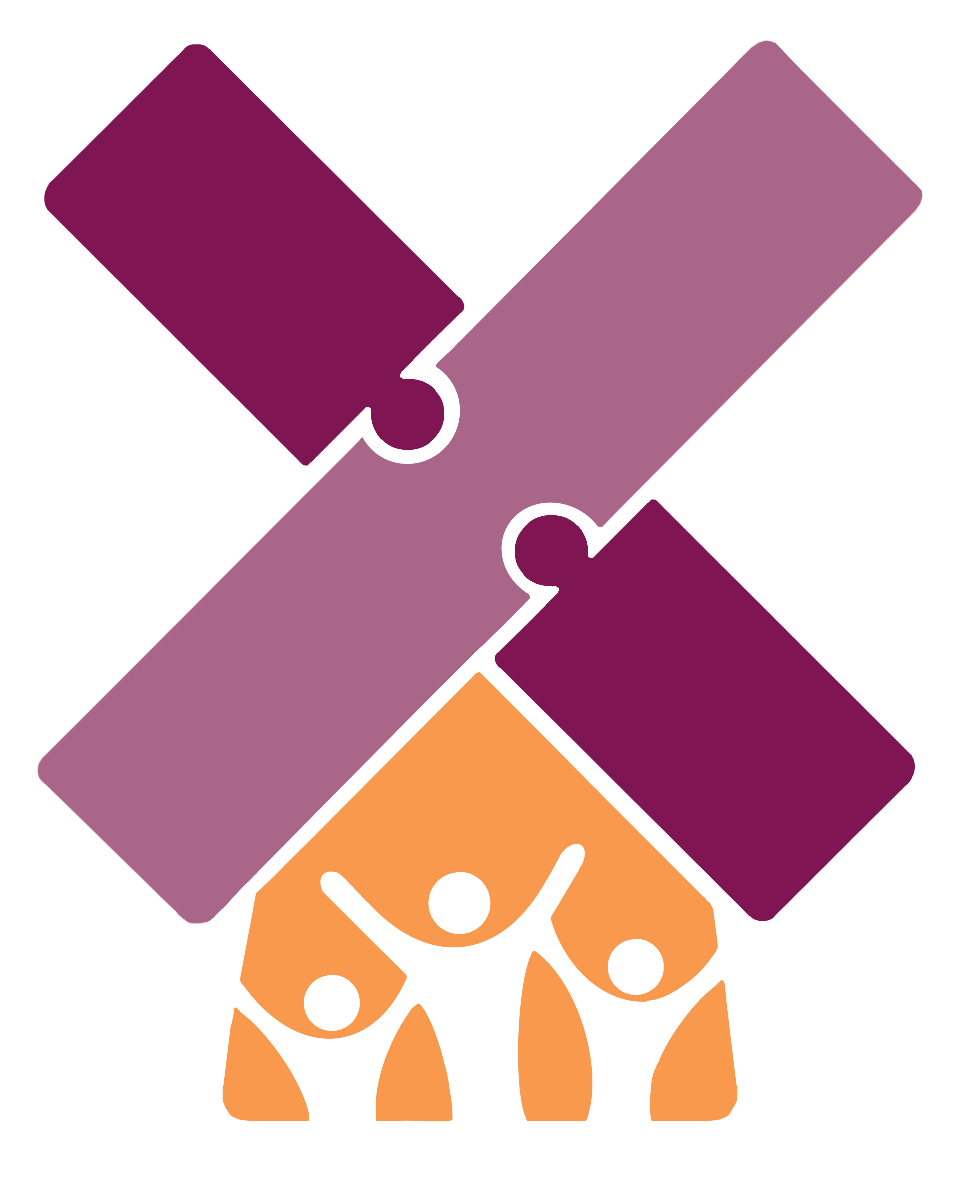What is CBT all about?
What is CBT all about?
Ah, the famous CBT (Cognitive Behavioural Therapy). You might have heard the name floating around, and for good reason! It’s one of the most widely used and researched forms of therapy out there. It’s built on a simple but powerful idea: the way we think affects how we feel, and how we feel affects what we do and how we behave. This is often called the CBT triangle - thoughts, feelings, and behaviours are all connected. When one part of that triangle gets stuck or overwhelmed, the others can follow.
The CBT Triangle
Let’s break it down a little more, shall we? Take a thought like, “No one really likes me.”. At first, it might just pop up after a bad day or an awkward interaction. But if it sticks around, it can start to feel true. You might find yourself pulling away from friends, not replying to messages, or turning down invitations - not because you want to be alone, but because you’ve started to believe you don’t really belong. And the more that happens, the more isolated you feel, which only makes the thought seem more real.
The good news? These patterns can be changed. CBT gives us a way to understand and gently shift those patterns, offering a path forward when we’re feeling stuck, overwhelmed, or out of sync with ourselves.
Why do these thought patterns matter then?
We all have those “what if” or “I’m not good enough” moments. They’re part of being human. But if they go unchallenged, they can shape how we see ourselves and the world around us.
We can also get caught in habits that don’t serve us, like avoiding studying for an exam because it makes us feel too anxious. And here’s the silver lining: These patterns aren’t permanent. We can learn new ways to think and respond, and that’s where CBT really shines, it helps break that loop. It invites you to pause, notice the thought, and ask: “Is that really the full story?”
So, how does CBT actually work?
CBT is less about digging through your past and more about asking: “What’s going on right now, and how can we make it easier to manage?”
CBT is a hands-on, practical kind of therapy. It’s not just talking about your problems - it’s about learning real skills you can use every day.
Here’s what that might look like:
Catching those runaway thoughts
When your mind starts spiralling with worries or harsh self-judgment - instead of letting those thoughts take over, you gently challenge them.
“I’m going to fail,” → “Is that really true? What evidence do I have?”
Over time, this helps you break free from negative thinking that can feel automatic.Facing Fears, One Step at a Time
Let’s say social situations make you anxious. Instead of avoiding them completely, CBT might help you break things into small, doable steps - like making eye contact or saying hello. It’s not about jumping into the deep end and it might make you feel uncomfortable at first, but with practice, those scary moments get easier, and your confidence grows!Problem-Solving in Real Life
Life can feel overwhelming when you’re stuck in a loop of worry or avoidance. CBT helps you make decisions, set goals, and take small steps forward - even when things are hard. CBT also helps you build problem-solving skills and find ways to calm your mind and body when things feel overwhelming - like learning breathing exercises or simple grounding techniques.
It’s not about pushing you too hard or jumping straight into your biggest fears. It’s about taking small steps, expanding your comfort zone bit by bit, so life starts feeling less overwhelming and more manageable.
How can CBT support expats and Third Culture Kids (TCKs)?
Living between cultures can be incredible: you gain experiences, perspectives, and stories that many people never will. But it also comes with a very particular set of physical and emotional challenges. Whether you’ve grown up as a TCK or you’ve relocated more recently as an adult, there’s often a quiet weight that comes with it: disconnection (a sense of not fully belonging anywhere), identity confusion, grief, pressure to adapt, and the constant stress of starting over.
CBT can offer an anchor in all that movement - a way to hold and make sense of those experiences, not by telling you who to be, but by helping you listen to what’s going on inside.
CBT helps you understand your internal world: your thoughts, emotions, and behaviours. It gives you something solid to hold onto, even when your external world is shifting.
That might look like noticing a thought like “I don’t belong anywhere” and gently asking yourself, “Is that the full story?” “How much truth is there in that?”. Or learning to name anxiety when it shows up, and choosing how to respond to it rather than letting it sweep you away. It could even mean creating small, grounding rituals that bring a sense of continuity, even when everything else keeps changing.
So yes, CBT gives you practical, evidence-based tools, but more than that, it offers emotional flexibility (a crucial and key skill when it comes to your well-being!).
CBT won’t erase your experiences, and it doesn’t need to. Instead, it helps you make sense of them. It gives you space to hold the complexity and still move forward with more clarity, more compassion, and more confidence.
Sometimes, that’s all it takes to start feeling just a little more at home - in your mind, your story, and the world around you.

